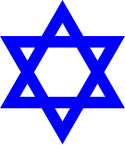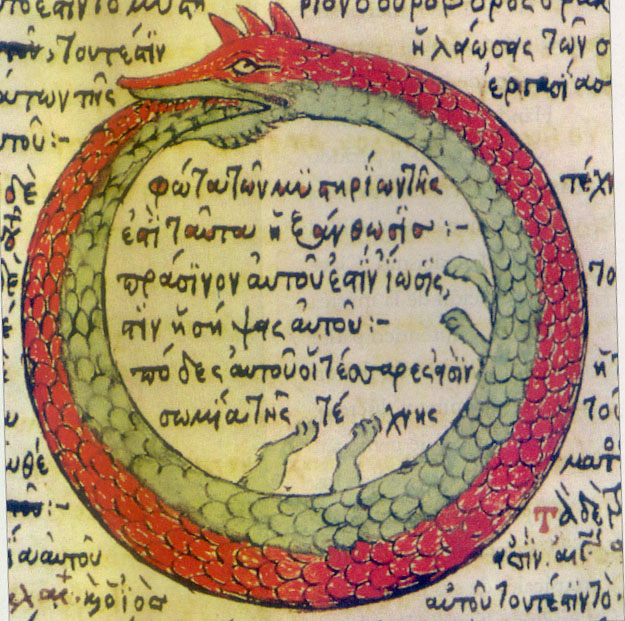The Theosophical Society was originally formed in 1875 by Helena Blavatsky, Henry Steel Olcott, William Quan Judge and others to seek the truth using investigation, study and explanation of certain phenomena and ancient symbols. Several years after the society was formed, Blavatsky and Olcott moved to India to establish the International Headquarters at Adyar, Madras (Chennai). While in India, they became exceedingly interested in eastern religions so they were also included in the societies agenda.
After several iterations the Society's objectives have evolved to be:
- to form a nucleus of the universal brotherhood of humanity without distinction of race, creed, sex, caste, or colour.
- to encourage the study of comparative religion, philosophy, and science.
- to investigate the unexplained laws of nature and the powers latent in man.
Unlike Theosophists (whose first objective was "to form the nucleus of a Universal Brotherhood of Humanity without distinction of race, colour, or creed"[1]), "The Thule Society preached Aryan supremacy and acted to achieve it. It provides the final link between occult racial theories and the racial ideology of Hitler, who skewed the fundamental principles of and understandings for sociological and economic control by the emerging Nazi party."[2]
Thanks to the historians, professors, and scholars over at Historum, I was able to to decipher the meaning and relationship of the star of David included on this emblem. However, the truth is, this star doesn't represent what everyone thinks it does.
Star of David
Here are some of the insights provided:
"Well put it this way, the six-pointed star is NOT a Jewish symbol since it's totally absent from the Torah-- not found in there. This symbol re-appears within the religion in the Medieval era. It's generally known to be an occultic symbol of pagan origins, much like the rest of most mainstream symbols." Oracle_of_Truth
"Well the hexagram, or, star of david as it is called when in a Jewish context, was actually a common symbol used by Christians as well (as well as many other religious, such as Islam and Hinduism), so in that emblem it does not necessarily have to denote any sort of connection to Judaism. Actually the symbol frequently has no connection at all to Judaism and is one of the most ancient recorded symbols we have. It has also frequently been associated with occultism in general, and was a very common symbol in many emblems of the Freemasons and is on nearly every Masonic temple or structure that exists." Alex III
"The Shield of David (magen David - not star, but shield) as it is called by the Jews, is actually not a star at all or a hexagram - but two triangles intertwined. It was USED by David as his emblem, no one ever claimed he INVENTED it, and was indeed a symbol already in his time. Has philosophy behind it, like every other symbol. There is NO connection between it and the bible, but it was adopted by Judaism as one of its symbols because of its meaning to kind David (one of the most revered figures in Judaism). Just as the cross was not a Christian invention, the crescent was not an Arab invention, the swastika was not a Nazi invention..." Vera
"And the sign above the swastika is "OM" written in devanagari ...... OM stands for Brahman ........ You probably know it from the mantra : om mani padme hum ........" Merlin
Brahman(OM)
Maharishi Mahesh Yogi's view on Brahman
In his writings on the Bhagavad Gita, Maharishi Mahesh Yogi defines Brahman as follows:[14]
Brahman, which is an all-pervading mass of bliss, does not exhibit any quality of bliss. It may be likened to a mass of energy- matter - which does not exhibit any quality of energy... Brahman is that which cannot be expressed into words, even thought the Upanishads use words to educate about Its nature. In the field of speech, Brahman lies between two contrary statements. It is absolute and relative at the same time. It is the eternal imperishable even while It is ever changing. It is said to be both This and That. It is spoken of as Sat-Chita-Ananda but includes what is not Sat, what is not Chit, and what is not Ananda. It is beyond speech and thought, yet the whole range of thought and speech lies within It. ‘Within It’ and ‘without It’ are just expressions, and like any other expressions about Brahman they do justice neither to Brahman nor to the speaker nor to the listener. Brahman is lived by man with ease but cannot be spoken of, in the sense that words are inadequate to encompass That which is the unlimited fullness of transcendental Being and the fullness of active life at the same time. Verse 29 of Chapter II (of the Bhagavad-Gita) speak of It as a “wonder”, for it is not anything that can be conceived of intellectually; it is not anything that can be appreciated by emotion…Brahman is the value of our life and the truth of it is that it is lived ‘with ease'.
Ankh
Swastika

The swastika dates back to the Neolithic period and is associated with religions including Hinduism, Buddhism and Jainism. Once used all over the world, this symbol was tainted by the Nazi Regime, so now it's actually outlawed in Germany. For centuries, the swastika has appeared on several shards in Iran and on pottery found in parts of Russia. Indian swastika symbols were found at Lothal and Harappa on Indus Valley seals. The most interesting aspect of the symbol is that it has appeared in so many cultures, suggesting that it did represent a unity of ideals.
Ouroboros
The Ouroboros is a symbol that is associated with many different religions and customs and is also claimed to be related to Alchemy. The Ouroboros is a snake eating its own tail in the shape of a circle, representing demonstration of one's own life and resurrection, leading to immortality.
Artifacts Displaying the Symbols in Different Cultures
Sources
- lavatsky 1889 p. 306. Wheaton, Maryland: Theosophy Library Online. Blavatsky, Helena (1966). "Esoteric Instructions (EI): The Esoteric Section: Introduction by the Compiler". Collected Writings. Series. Volume XII. Wheaton, Illinois: Quest Books. pp. 478–511 [context at p. 492]. ISBN 978-0-8356-0228-0. Groningen, Netherlands: katinkahesselink.net. Links retrieved 2011-01-29.
- Washington, Peter (1995) [Originally published 1993]. "Boys and Gods". Madame Blavatsy's Baboon: A History of the Mystics, Mediums, and Misfits Who Brought Spiritualism to America. New York: Schocken Books. Hardcover. pp. 126–144. ISBN 978-0805241259.



















2 Comments:
I left a post earlier, and I am sorry, but I was misunderstood. The swastika at the bottom of the book is the ancient left facing swastika. I confused it w/ the german one!
nice blog, it's important to be reminded that the images and objects portrayed should not only be seen through the lens of art.
Post a Comment
We appreciate comments, but we delete SPAM.